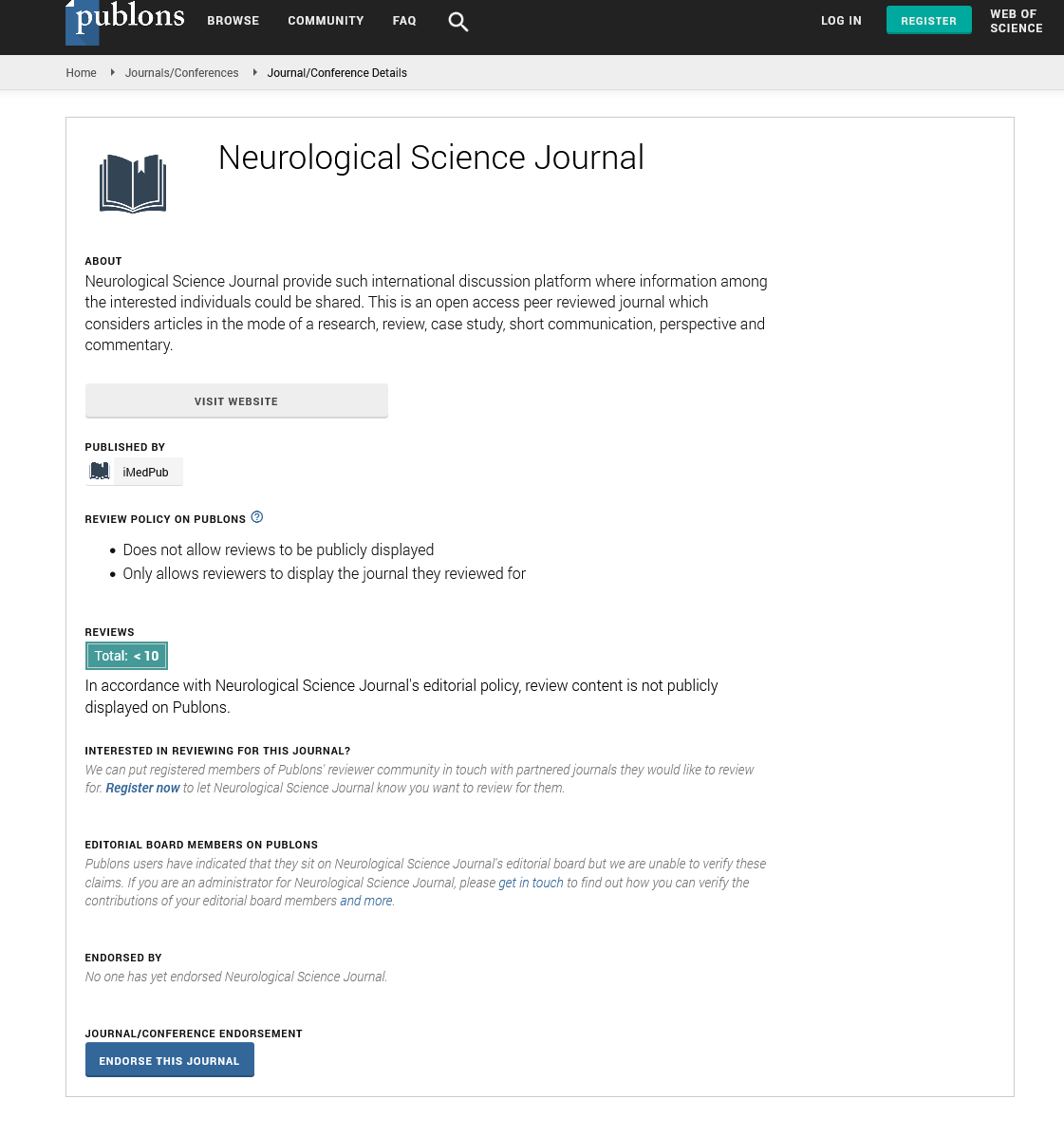Abstract
Motor Imagery Effect on Gait in Parkinson's Disease: A Systematic Review
Motor imagery (MI) represents the cognitive aspect of a motor act and may be defined as the ability to construct a mental action without actually executing it. It may be built mentally through two strategies (visual and kinesthetic). Parkinson's disease (PD) has an unknown etiology and is probably related to multiple causes. PD has been described as a neurodegenerative disease in which neuronal rarefaction and inclusion of Lewy bodies may occur in the small part of the nigra substance and consequent deficit in dopaminergic transmission. Despite all efforts to understand PD and the identification of several non-motor signs and symptoms, such as cognitive changes, the disease diagnosis still depends on motor manifestations such as bradykinesia, stiffness, and tremor at rest. In this context, with the PD evolution, gait disturbances are verified. MI has been used as a gait management strategy in PD since the technique seems to modulate its characteristics immediately. Objective: Investigate, through a review, the MI effects on gait in PD. Methods: To analyze indexed articles in the databases: PubMed/Medline; PEDro and Google Scholar. The studies found were classified according to the PEDro level of evidence and Oxford Center for Evidence-Based Medicine. Results: In total, nine relevant studies on this topic were found. Three of the studies suggest that kinesthetic MI is useful in the PD treatment with and without freezing of gait (FOG) when compared to visual MI. One study evidenced discrepancies between motion and MI, indicating that this may contribute to FOG. Another suggests that Levodopa increases activity in the motor regions (midbrain and supplemental motor area), putamen, thalamus and cerebellum, as well as reduces the activity of the premotor, parietal and brainstem regions of patients with advanced PD. A sixth study showed a decrease in the globus pallidus activity and increased activity in the supplemental motor area during the MI of gait in PD. The seventh study showed no benefit in gait improvement when MI associated with physiotherapy or relaxation. Two studies pointed to the efficacy of the questionnaires applied in PD: 1) It addresses the FOG as a gold standard to diagnose PD (NFOG-Q). 2) Analysed the vividness of the imagined movement by comparing two questionnaires (KVIQ and GIQ). Final considerations: It seems that kinaesthetic MI has a relevant effect in the PD treatment when compared to visual MI, especially in gait characteristics. However, the results still have to be interpreted with caution.
Author(s): Souza NSD, Leite MAA, Martins ACG, Carvalho IDS, Velasques B Ribeiro P, Fiorelli R, Orsini M, Ayres C and Teixeira S
Abstract | Full-Text | PDF
Share This Article
Google Scholar citation report
Citations : 11
Neurological Science Journal received 11 citations as per Google Scholar report
Neurological Science Journal peer review process verified at publons
Abstracted/Indexed in
- Google Scholar
- Publons
Open Access Journals
- Aquaculture & Veterinary Science
- Chemistry & Chemical Sciences
- Clinical Sciences
- Engineering
- General Science
- Genetics & Molecular Biology
- Health Care & Nursing
- Immunology & Microbiology
- Materials Science
- Mathematics & Physics
- Medical Sciences
- Neurology & Psychiatry
- Oncology & Cancer Science
- Pharmaceutical Sciences
